Strokes occur when blood flow to the brain is disrupted, requiring immediate treatment to prevent permanent damage. They can happen at any age and may progress quickly, with a sudden onset of emotional, cognitive, and physical symptoms. Individuals seem stable one moment while exhibiting severe symptoms the next, including confusion, vision issues, loss of balance, or numbness. Stroke and neurological rehabilitation combat the effects so patients can regain their independence. The rehab will improve physical and mental abilities.
Stroke rehab includes physical, cognitive, and emotional activities and therapies to improve recovery. For some, inpatient care is crucial, depending on the severity of the stroke and how soon treatment begins. Restorative therapy’s goals include preventing further brain damage and correcting the blood flow disruption, offering substantial progress when done correctly.
The following sections offer more information on stroke rehab and its long-term effects.
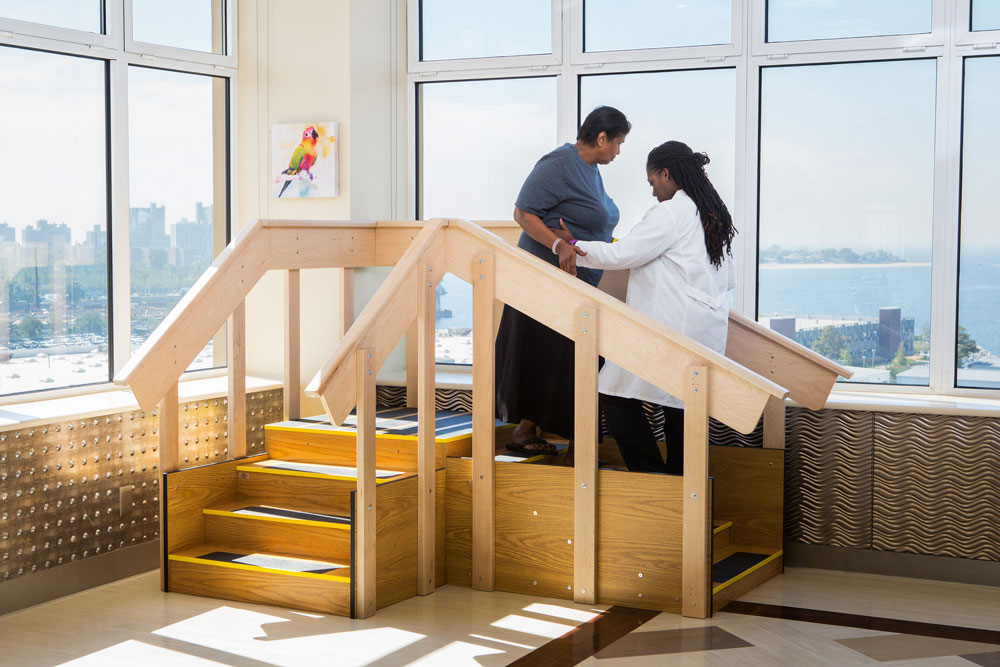
What Happens After Stroke and Neurological Rehabilitation?
Normally, even after leaving inpatient rehab care, the rehabilitation process is ongoing. Physical, cognitive, and emotional therapies often continue for months, years, or indefinitely, depending on the individual and their recovery goals. Trained therapists work with stroke victims, offering activities and education to regain the skills deemed vital. However, here are the improvements you can expect to see after rehabilitation.
Better physical functionality
Improved physical functionality include improved mobility, increased strength, enhanced balance, improved walking and moving.
One crucial element of stroke and neurological rehabilitation is physical therapy. The program is customized for each individual and may include motor-skill exercises, mobility training, and range-of-motion activities. When performed correctly, strength, coordination, balance, flexibility, and other physical functions improve.
For the best results, it’s essential to begin physical therapy immediately after diagnosis. Most improvements are noted within the first six months. After this point, the results slow significantly, though functions still improve with continued therapy.
Mental and cognitive improvements
After stroke and neurological rehabilitation, one can expect mental improvements that include improved memory, better concentration and attention, improved stress, and emotional control.
Issues with cognition and thinking are common after a stroke, especially those involving creating or understanding written or spoken language. Emotional difficulties, including depression, anxiety, anger, and frustration, are also common during recovery.
For those dealing with communication troubles, medical professionals recommend speech therapy. This rehab program helps individuals regain some or all of their speech or learn new communication methods when necessary.
To cope with emotional concerns, psychological support is available for those who need it. Trained therapists work with individuals, easing mental and emotional strain to improve quality of life.
Lifestyle changes
After the initial stroke, the chances of a secondary occurrence increase each year. Though eliminating the risks may not be possible, lifestyle alterations may reduce the chances of future issues. Educating individuals on such modifications is essential during stroke and neurological rehabilitation.
Trained professionals offer dietary recommendations, including fruits, vegetables, whole grains, poultry, fish, and other healthy options. Such alterations improve cardiovascular health and reduce the risk of secondary strokes.
Reducing sedentary behavior and increasing physical activity are part of rehab therapy after a stroke. Quitting smoking, reducing alcohol consumption, and managing medical conditions are also included in the post-stroke treatment.
Resources:
https://www.mayoclinic.org/diseases-conditions/stroke/in-depth/stroke-rehabilitation/art-20045172
https://www.hopkinsmedicine.org/health/conditions-and-diseases/stroke/stroke-recovery-timeline
https://www.ninds.nih.gov/health-information/disorders/stroke
https://www.ncbi.nlm.nih.gov/pmc/articles/PMC6124986/
This content comprises informative and educational resources only and can not be considered as a substitute for professional health or medical guidance. Reliance on any information provided in this article is solely at your own risk. If you have any inquiries or apprehensions about your medical condition or health goals, talk with a licensed physician or healthcare provider.

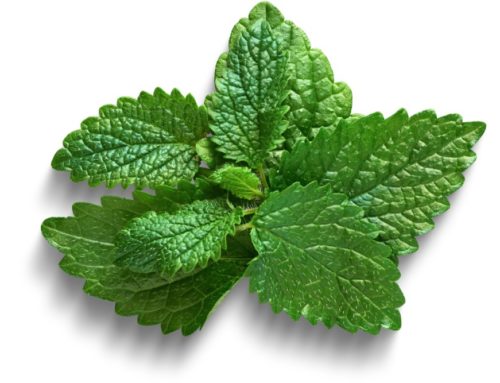
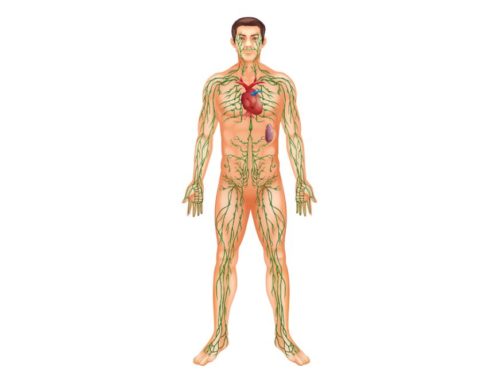
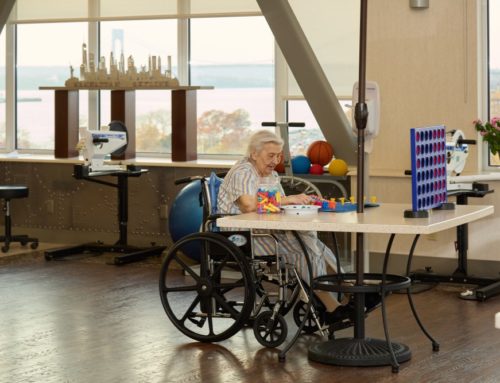
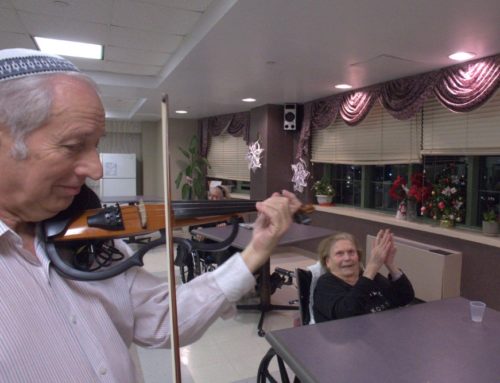
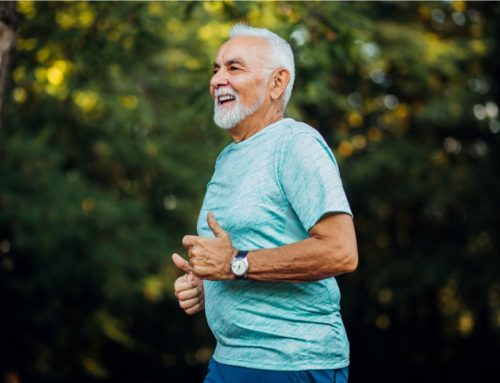
Leave A Comment